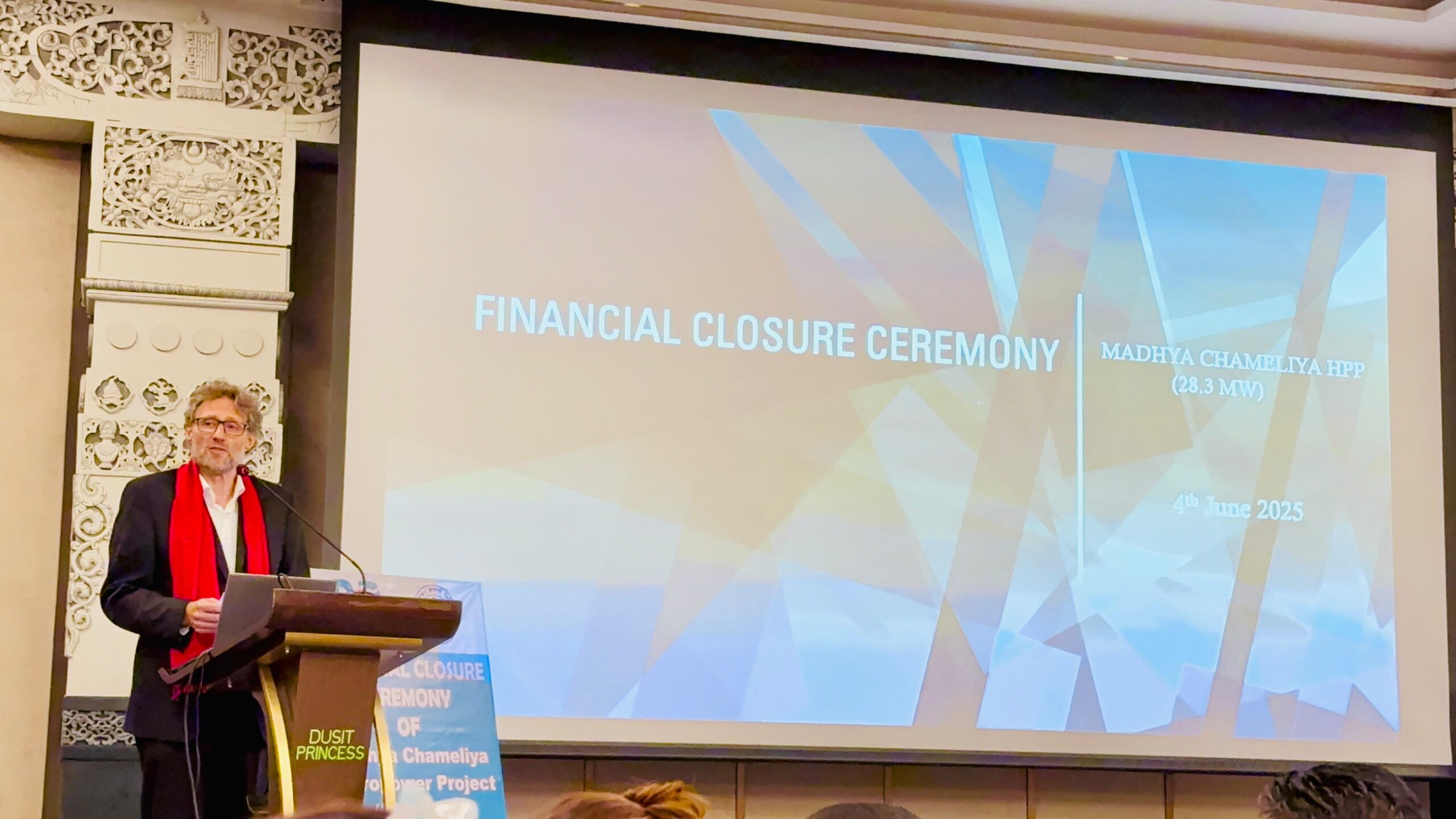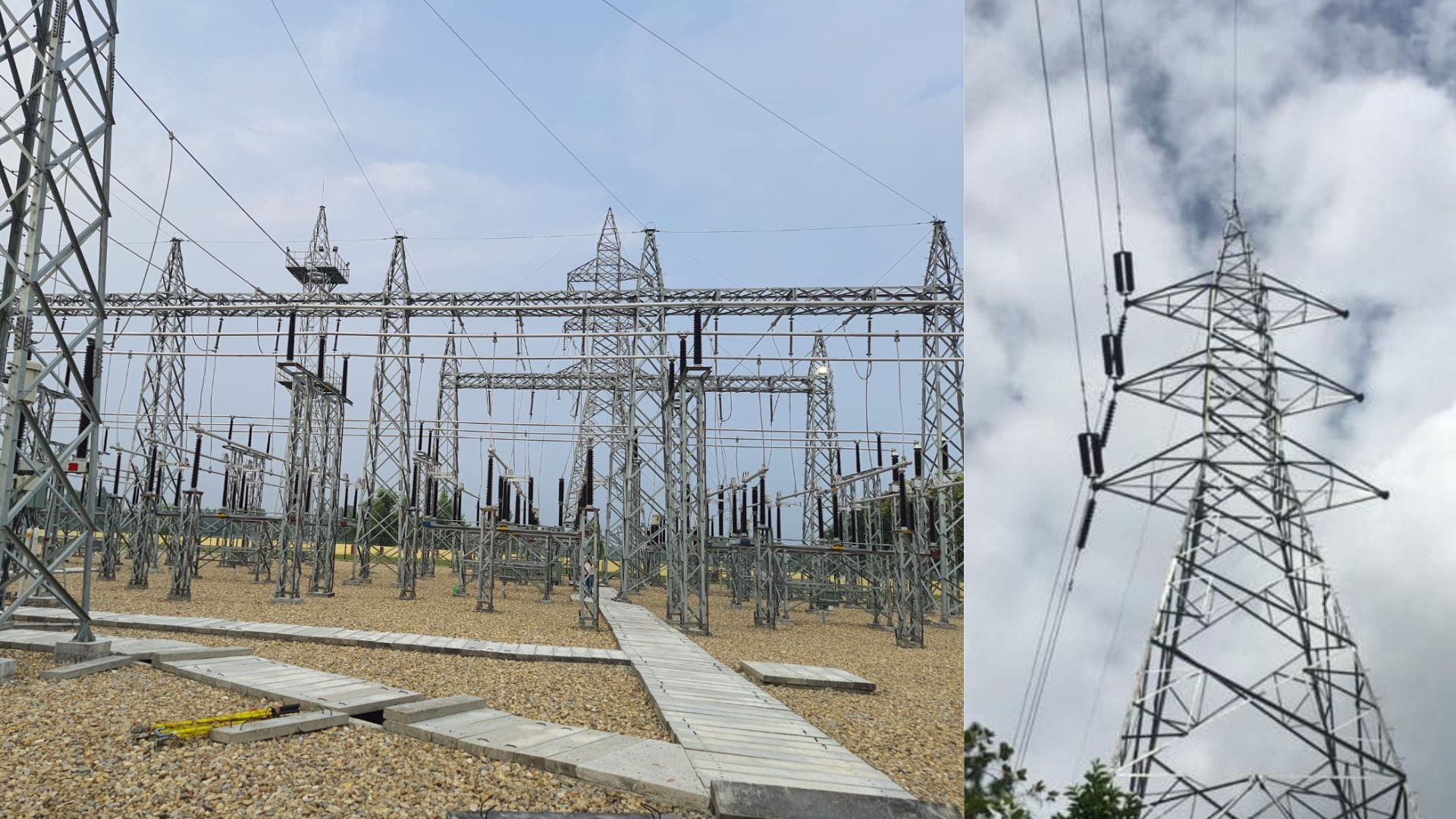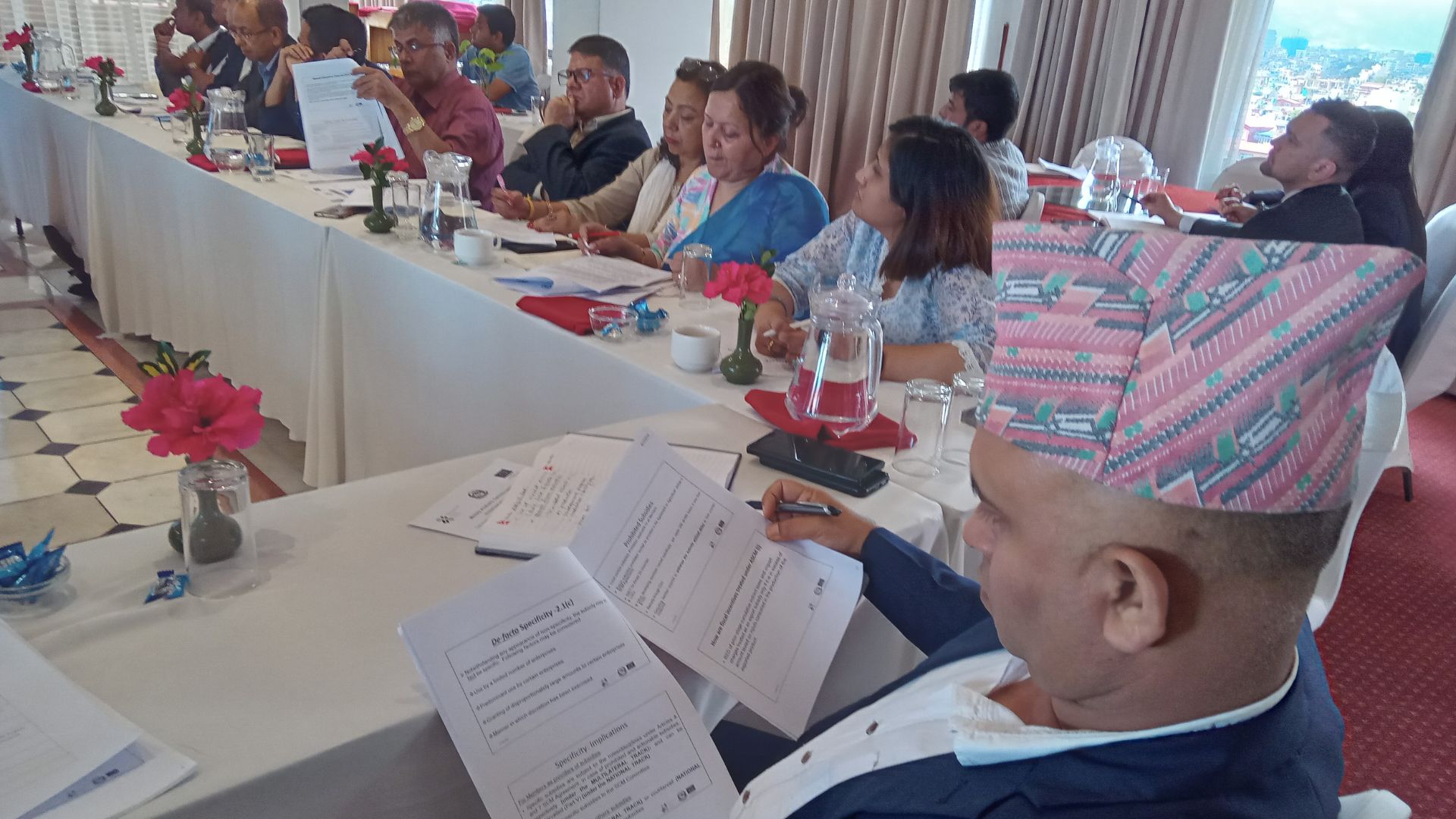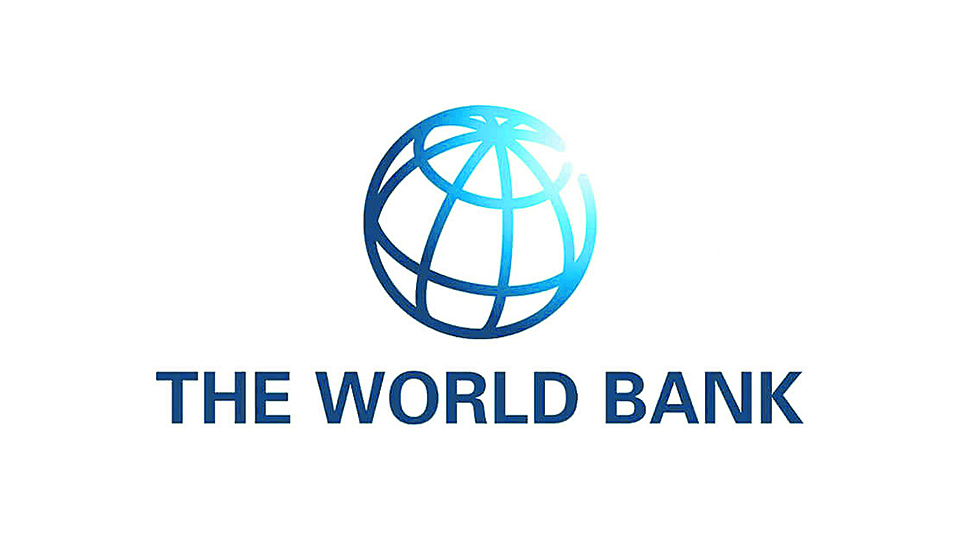
KATHMANDU: The Nepal Electricity Authority, which exported electricity worth 11 billion rupees in a monsoon last year, has projected to sell electricity worth 20 billion rupees in the coming monsoon and 2 trillion rupees in the next 5 years. Based on the data released by the Executive Director of the Electricity Authority, Kulman Ghisingh, within 5 years, electricity production will reach 7100 MW from the current 2600 MW. It is not impossible if the growth of electricity consumption within the country is taken as the basis and if the neighboring country India is positive for trade. However, the conditions for the electricity trade have not been so easy. The Power Trade Agreement (PTA) was signed between the two countries in 2014, i.e. 8 and a half years ago. However, the Electricity Authority has been able to export barely 452 MW in the Indian exchange market on the basis of competition.
Although electricity is being traded in the open market, a long-term electricity trade agreement (PPA) has not been concluded between the two countries. Unless there is a long-term PPA, there is a risk that electricity trading will not take place, and electricity trading in the open market is also not risk-free.
Looking at the data of the Indian Energy Exchange, it is seen that the amount of electricity that is actually traded is 20 to 30 percent less than the electricity that is contracted through competition. The Electricity Authority has sent more than 1,000-megawatt projects to the Indian open market for permission. However, only less than half have received permission.
Through the International Electricity Trade Guideline, it has been mentioned that electricity will only be purchased from the participation projects of India or countries that have energy agreements with India. Since India sees electricity as a strategic commodity rather than a commercial commodity, electricity trade has become a matter of political relations. Despite this, India has to buy electricity from Nepal to operate the system in a balanced manner.
‘India is obliged to import electricity from Bhutan and Nepal to fulfill its commitment to COP’

Secretary of the Ministry of Energy, Water Resources and Irrigation Dinesh Kumar Ghimire says that India needs electricity from Nepal and Bhutan to maintain the balance of the transmission system.
‘India is obliged to import electricity from Bhutan and Nepal to fulfill its commitment to COP. From this we are also assured that India will have to purchase electricity from Nepal,’ he says, ‘India is reducing the electricity produced from coal and increasing the amount of clean energy produced from hydroelectric power plants in Nepal. India’s system seems to be unstable.’
Although the electricity production of solar energy sources in India has increased, its contribution to the operation of the transmission system remains weak, so the need for hydropower is increasing in India.
Ramakrishna Khatiwada, Chief Executive Officer of Nepal Infrastructure Bank (NIFRA), says that although the share of solar power in India has reached one-third, India’s contribution to energy is only 12 percent, so India has to buy electricity from Nepal.
The installed capacity of solar energy is increasing. However, the contribution is less compared to this. In that sense, Nepal’s hydroelectric power is what it needs as a stable energy to go into the energy mix. Since there is a plan to reduce fossil fuel, India needs Nepal’s electricity, so it is necessary to create a special environment for this. The Electricity Authority, which exported 450 megawatts of electricity last monsoon, has set a target of exporting 24,500 megawatts of electricity by constructing 11 international transmission lines by 2035.
Bangladesh has also planned to buy 9,000 megawatts of electricity from Nepal. Nepal’s electricity can be sold both in terms of energy mix and cost.
Nepal has a ready infrastructure with the capacity to export electricity up to 1400 megawatts with other transmission lines including the 400 kV Dhalkebar-Muzaffpur international transmission line.
India must have to buy Nepal’s Electricity
According to the Ministry of Energy of India, its installed capacity is equal to 4 lakh 12 thousand megawatts. It has a capacity of 236,000 megawatts of electricity generated from thermal power plants and 47,000 megawatts of renewable energy. Hydropower is only 169,000 megawatts. At present, the contribution of coal to the energy system is about 52 percent, i.e. 240,000 megawatts. It is aimed to reduce it to 32 percent by the year 2030.
Based on the target of reaching 599,967 megawatts by the year 2030, the production from coal should be limited to 130,000 megawatts. However, India is already backed from this target. The share of renewable energy including hydropower should be doubled. India has also issued a Hydropower Obligation (HPO) and has mentioned that 25 percent of the electricity should be from hydropower. Based on this, India’s share of hydropower should reach only 130,000 megawatts. So now it is only 14 percent or 50 thousand megawatts.
India, which is currently importing 1,200 megawatts from Bhutan, is constructing 3,000-megawatt hydropower projects there for its own use. Bhutan has a power generation capacity of 30,000 megawatts, but only 23,760 megawatts can be produced commercially. India’s neighboring countries Bangladesh and Myanmar do not produce hydropower, while India does not import electricity from neighboring countries other than Nepal and Bhutan. Since the management of demand and supply of hydroelectricity is more automatic than solar electricity and thermal, the more hydroelectricity there is in the system, the more reliable and safe the quality of electricity is.

For the balance and sustainability of the transmission system, hydropower can provide electricity 24 hours in a uniform manner. According to the study done by National Hydropower Association and Chelan County Public Utility District, hydropower is considered the most suitable source for flexible capacity, firm capacity, annual energy, regulation, spin reserve, non-spin reserve, long-term, inertia (inertia), bulk start and carbon-free.
The study showed that coal is suitable only in terms of firm capacity and inertia. Solar electricity and wind energy are also excellent in terms of carbon-free, inertia, firm capacity, and annual energy. In terms of generating reliability, hydropower frequency, voltage control, flexibility, etc. are seen to be excellent, but they are not suitable for coal system operation.
Analyzing the geographical situation and the production of renewable energy, there is a compelling situation for India to take electricity from Nepal rather than Bhutan. At present, India has set a target of 500,000 megawatts of renewable energy production. However, even though he has set the target of generating that much electricity, it has become necessary to import electricity from Nepal to keep the transmission system stable. Especially in India’s capital Delhi, UP, Bihar, Haryana, and West Bengal, there is little potential for renewable energy production.
It is too far to import from Bhutan. Bhutan is 1949 km away from Delhi and Nepal is only 686 km away. Similarly, Bhutan is 273 km and Nepal is 787 km from Haryana, Bhutan is 946 km and Nepal is 336 km from UP, Bhutan is 863 km from Bihar and Bhutan is 985 km and Nepal is 384 km from West Bengal.
Currently, India’s per capita electricity consumption is 1,200 units, while UP has only 642 units and Bihar has only 344 units. This shows that the electricity demand will increase excessively in both of these areas. As the demand here is high in Asar, Saun, and Bhadra, various projections have shown that the demand during monsoon will also increase. In such a situation, India has to buy electricity from Nepal.
‘Bangladesh and India’s electricity demand is increasing rapidly every year’

Nepal Electricity Authority’s Managing Director Ghising argues that Nepal’s electricity is important not only for India but also for Bangladesh in South Asia. Bangladesh and India’s electricity demand is increasing rapidly every year.
Nepal’s electricity is important for both these countries to manage the supply of that demand,” he says. “Electricity produced from imported coal is very expensive in terms of cost. For India, Nepal’s electricity will be cheaper than the electricity produced by importing coal’.
Even based on the current cost, Nepal can sell hydroelectric power to India at INR 4.30 per unit, which is cheaper. However, when hydropower is made a strategic item and Nepal’s hydropower is not recognized as renewable energy, many challenges have been added to the electricity business.
India Withdraws Coal reduction plan
India had set a target of reducing the share of coal in energy from 52 percent to 32 percent by 2030, but in January 2023, India withdrew from this. It is mentioned in the plan of the Ministry of Energy of India that it aims to increase the production of coal by 15 to 16 thousand megawatts by December 2023, and it has also postponed the plan to reduce the production of coal by 2030.
In such a situation, the Nepali arguments that Nepal’s electricity is necessary for coal displacement are also becoming weaker.
Nepal’s Hydropower has not been recognized as Renewable Energy
Giving special importance to clean energy, India has issued Renewal Purchase Obligation (RPO) and Hydropower Purchase Obligation (HPO). Similarly, India has given special importance to hydropower and has advanced the concept of ancillary by giving an additional PPA rate for providing energy and services through hydropower, but electricity imported from Nepal has not been included in these three. It has been seen that India has not included Nepal’s hydropower in the recognition of renewable energy.
‘Instead of buying Nepal’s electricity, Nepal has to sell it to India’

Ashish Garg, Vice President of the Independent Energy Producers Association (IPAN), says that a diplomatic initiative is needed to include Nepal in the HPO.
“Rather than India having to buy Nepal’s electricity, a situation has arisen where Nepal has to sell electricity to India. In such a situation, the government must take special initiatives to include Nepal in the HPO.” He says, “If the door is opened to the private sector for electricity business, the electricity business can proceed immediately, but if the solar storage system is developed, we must not forget the reality that Nepal’s electricity will not find a market in the future.”
Even so, India has called for electricity storage equivalent to 1000 megawatts through open competition for a short period of time.
Weak Diplomacy Increases Threats
India has not yet included Nepal’s electricity in RPO, HPO, and Ancillary. Similarly, India has withdrawn from the goal of reducing coal. Another thing is that in recent times, India has progressed in new options for battery storage, including extensive development of green hydrogen. This shows that India is moving towards other alternatives such as coal, battery storage, and other energy systems rather than hydropower.
Concerns have been raised that if Nepal is not included in the HPO by taking diplomatic initiatives in time, the compulsion of India will have to buy electricity from Nepal will be ended.
Another thing is that the government should give special priority to government companies rather than private companies in India for developing hydropower projects and if they only buy electricity from government companies rather than private companies in India, it will weaken the possibility of electricity export in the future due to the diplomacy of India’s strategic commodity in hydropower. It has been seen.
‘It has been too late to take a diplomatic initiative with India, there has been no special initiative to open the door to the private sector in trade’

Kumar Pandey, the adviser of IPPAN, says that if special initiatives are not taken in time and the private sector is not opened for business, there will be problems.
“It has been too late to take a diplomatic initiative with India, there has been no special initiative to open the door to the private sector in trade,” he says, “In such a situation, if diplomatic initiatives are not taken in time and if India limits Nepal’s electricity to diplomatic rather than commercial goods, the business will be very challenging.”
‘If India will have another option to manage the energy demand, there may be a problem to export energy of large hydroelectric projects from Nepal’

Khatiwada, chief executive officer of Infrastructure Bank, also sees the same threats. “If there is another option, there may be a problem for export of large hydroelectric power in Nepal, currently work is being done on green hydrogen, battery technology, Nepal should adopt the Act Fast policy,” he says.
If the private sector is given an opportunity for electricity trade, it will be easy to advance the electricity trade immediately on the initiative of the private sector towards Nepal and India. However, the government has no concrete initiative for this. Rather than facilitating electricity trade, the government’s focus is more on hydropower project diplomacy.
‘Diplomatic Initiatives are Important in Cross-Boarder Electricity Trade’

Semant Dahal, a legal expert on energy, says that if the government takes continuous diplomatic initiatives and gives business opportunities to the private sector, the HPO can be improved.
The diplomatic initiative is important in international electricity trade, it should be continued. However, if the doors of business are to be opened to the private sector, the current HPO, and RPO will be improved, and Indian private companies can play a positive role in this.
In addition to the energy-related mechanisms between Nepal and India, initiatives for hydropower trade during high-level visits between the two countries are not unheard of. However, no significant initiative has been taken to remove obstacles in the electricity trade and to include Nepal in the HPO.
Nepal’s bureaucracy and government agencies are not unaware of the example of Laos having 10 energy diplomats in Thailand and creating a comfortable environment for electricity trade. However, there is not a single energy diplomat in the Indian embassy in Nepal, which aims to sell 200 billion electricity within 5 years and 24,000 megawatts within 12 years.









